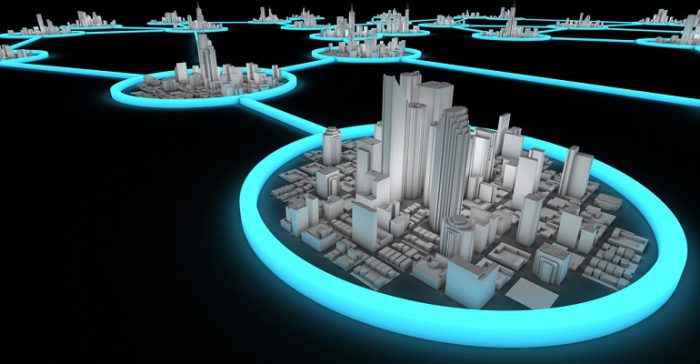Brendan Hannon, ERS, for Zondits
This article examines the hot topic of resiliency – what is it, why are people talking about it, and how do you get it?
Have you been discussing resiliency recently? If you live in New York City, the answer is probably yes. In the past two weeks, the city experienced a heat wave followed immediately by flash flooding triggered by over an inch and a half of rain. On Saturday, July 13, equipment failure triggered an outage that affected over 73,000 Con Edison customers (and subway straphangers, as well). After power was restored, a heat wave began, continuing through the next Sunday, July 20, when Con Edison deliberately cut power to some 50,000 customers located in Brooklyn and Queens. That outage enabled the utility to perform system maintenance intended to prevent even greater outages. The abrupt end to the high temperatures came with a cloudburst (a heavy, short-duration rainfall event) that dumped over an inch and a half of rain on the city in under two hours. Brooklynites were soon sharing videos of pedestrians wading across rivers that once were streets as politicians decried the city’s ability to weather major storms.
Everyone agrees that resiliency – meaning, very broadly, the ability for communities to anticipate risk, limit impact, and bounce back rapidly in the face of turbulent change – is a good thing, but there is no agreed-upon universal measure of what “resiliency” looks like in practice. This semantic challenge is compounded by the fact that resiliency exists at different scales. Measures that make a city resilient may not provide resiliency benefits to individual buildings. For the purposes of this article, we are specifically considering measures that property managers can take to provide enough power to their building for occupancy safety.
Service interruptions, like the recent New York City experiences caused by extreme weather, provide necessary reminders that we can take utility services for granted; these services can be at the mercy of the elements. An aging electric grid paired with more frequent and hotter heat waves is a recipe for more frequent electric service interruptions. Long-range climate forecasts for the eastern seaboard predict more intense rain events that will lead to more flooding. While cities can plan strategies to deal with cloudbursts, individual buildings will still be vulnerable in today’s flood zones.
Cities and electric grids have been slow to fortify themselves against these types of events, but new distributed energy resources (DERs) give property managers the ability to provide on-site generation in case of emergencies that interrupt energy services. In the past, a site’s only option might have been an emergency diesel generator to provide power while the grid is down. Today, a site can opt for a more efficient combined heat and power (CHP) system, fuel cell system, or solar panels paired with energy storage to keep the lights on when the grid goes dark. The challenge today is no longer if a property manager can ensure a supply of emergency power, but rather deciding which system is best suited to the facility’s needs.
There is, unfortunately, no “one-size-fits-all” solution to become “resilient.” Not only is there no strict guidance on sizing a DER to match critical loads, but different scenarios may require different contingency plans. A high-rise apartment tower that can power its way through a blackout with a CHP system might need to evacuate in case of flooding. Adding to complications, the same facility might have different resiliency options for the same event. For example, a theater could opt to install a small battery to provide egress lighting, or it could install a large generator and store cots and other emergency supplies to act as a place-of-refuge during a major storm event (perhaps sheltering the residents of the high-rise next door).
An advantage that the new wealth of resiliency options provides is that property managers can pair DERs to combine each technology’s relative strength. Pairing a solar array with energy storage is a natural combination; solar can provide power without a grid connection or fuel deliveries while the storage system can save some of that solar power to enable critical building functions after the sun has gone down. Similarly, a high-rise apartment could pair a CHP system with energy storage – charging the storage system via the CHP during times of low demand would enable the building to meet greater electric demand with an appropriately sized system that can run efficiently throughout the year.
Ultimately, resiliency does not boil down to purchasing a DER, installing it, and then waiting for disaster to strike. Resiliency must be an organizational mindset that enables a constant state of preparedness. In order to perform when they are needed, assets need to be maintained and tested regularly. Multiple staff must be trained in its operation and practice emergency procedures in non-critical times. Building occupants should be briefed in advance about what do and where to go in case of an emergency. Most importantly, building operators should anticipate risks by tracking regional conditions and preparing appropriately.
As much work as it may sound like, the good news is that unlike emergency generators, modern DERs are more than just emergency assets. An efficient CHP system can lower a building’s operating costs year-round; similarly, a battery used for emergency backup purposes can also lower a building’s peak demand throughout the year, resulting in lower energy bills. There may be more to resiliency than adding a DER to your building, but, as usual, it pays to be prepared!
